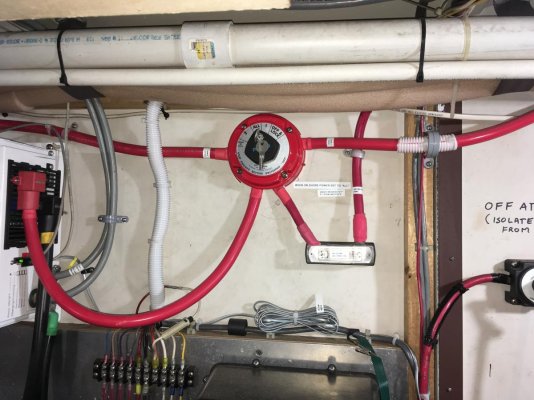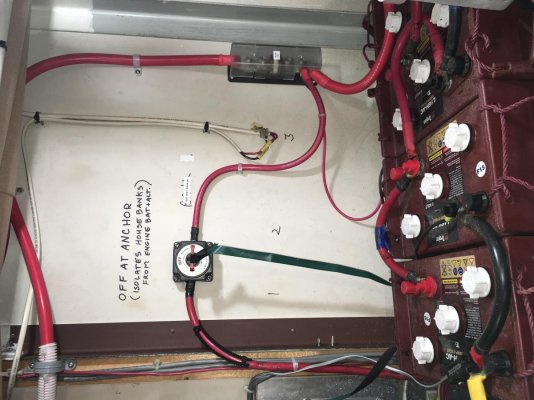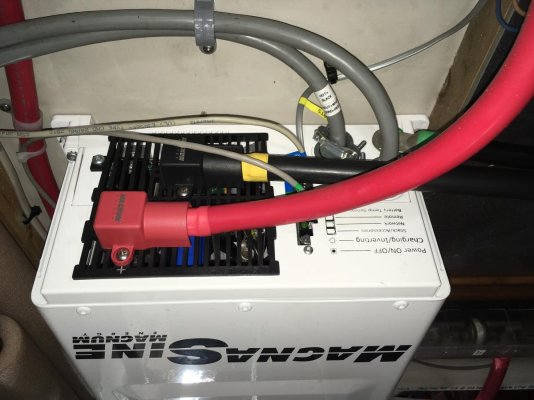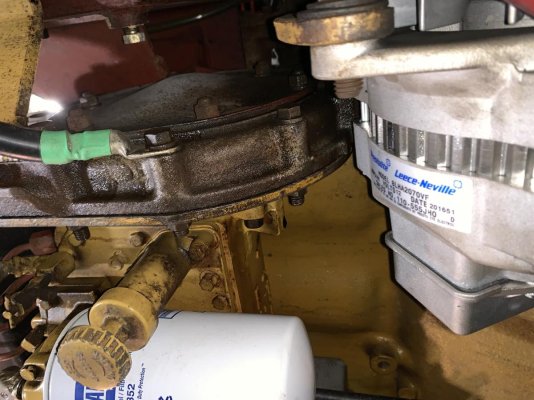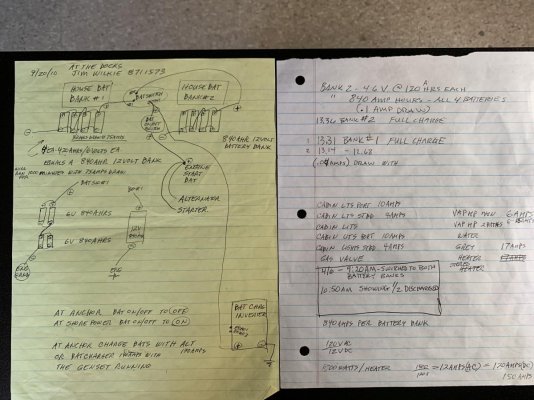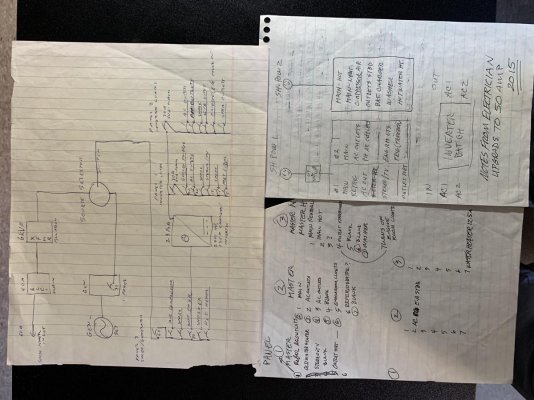I'd start by making a diagram of what you have, how it's laid out, capacities of batteries, alternator, cabling sizes. I'd flat out ignore what the PO had used, you're already aware how well that configuration works. Changing the shore power to 50A seems pretty unrelated to how the 12V system is configured, so it would follow that there's some strange concepts in play of how things should work.
That's a diagram of where things are now.
Then- determine what you want to do, how you want to charge your 12V, bank capacity, alternator capacity, how much capacity do you need to satisfy your cruising intentions. Diagram it out.
That's where you want to be.
Put it on paper. If you can't make sense of it on paper, it's pointless to start stringing wire, adding a charging isolator, replacing an alternator or other random parts. To digress a bit, is there a chance that the switching that's currently in service can break the connection between alternator and load? Sure recipe for toasting diodes, & voila- no charge. If so, that might explain your alternator problems, and putting a new or repaired one back into the same configuration might just repeat the failure.
You're focusing on charging with the alternator. I get that, it's a pretty basic part of the 12V system operation, but it's part of the system. You need to look at the whole picture, or you're going to play hopscotch jumping from one problem to the next without a plan to tie it all together. Get some help from an ABYC electrician. There are a lot of qualified folks on the forum, but NOTHING beats having eyeballs on the whole system. The forum only knows what you show & tell us; there will invariably be something that's not clear or omitted. Oops! missed that.... A qualified electrician will pick up details peripherally that the inexperienced eye just won't register.
Maybe that's more than you want to get involved in right now, but in the end, it will be less costly to develop & implement a system plan than it will be to make piecemeal changes.
Do it right- so you don't have to do it over.

